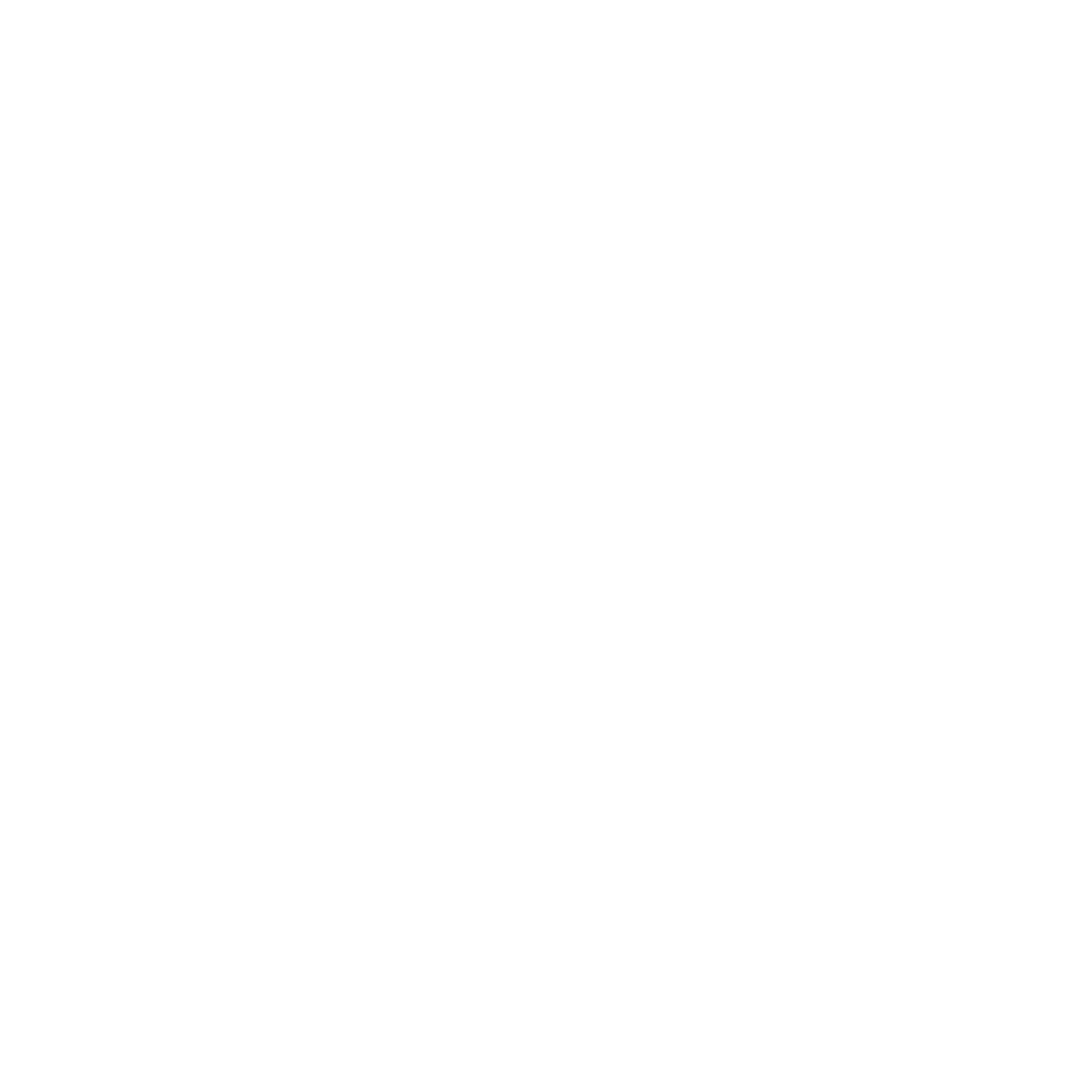
Once material has been ordered, you will need to visit a reading room to view it. Because of its unique and valuable nature archival material cannot be borrowed, and there are usually security measures - such as video monitoring and restrictions on exit doors - in place at the reading room. Some archives will require you to register as a reader, while others will require you to sign an access form giving information about your position and your project. These measures should not be intimidating. They exist merely to ensure the security of documents that the archive is entrusted to protect.
There are other reading room rules that need to be observed, although they might vary among different archives. Eating and drinking (including bottled water) are not permitted, neither is the use of pens. Lockers are usually provided as bags are not allowed.
Each archive has different copying policies and procedures, but all are governed by copyright restrictions. It is a good idea to check the website or speak to a staff member about copying arrangements before you arrive.
You should be prepared to be surprised or disappointed by the material. The comprehensiveness of a collection will depend on the original creator. Some people and organisations will have kept most of their records in very good order, others will have been inconsistent at best. Archival research has often been described as a lucky dip, and this is part of its attraction. You will not know the entire contents of the collection until you start to look through the material itself. You might find that gem that becomes the cornerstone for your project, or you might not find a document you feel should have been included in the collection. The only way to ensure that you have the best luck possible is to be certain that your secondary research has been comprehensive.
It is important to take detailed notes of the location of documents, including the collection name, the box and series/item/control numbers. This is to ensure that you will be able to cite the item correctly if it is included in your research paper. Not only is this necessary scholarly practice but it will mean that future researchers, having read your paper and looking to follow up on a particular topic, will be able to find the document themselves. Simply citing the collection name is insufficient, bearing in mind that some collections run to hundreds of metres of material.
Remember that if you are photocopying or photographing documents to work on later, you need to work out a proper system of recording their details. This will mean that you avoid having a camera roll full of useful information which you cannot use because you do not know how to cite it unless you visit the archive again.
Most archives will have information sheets about citing material properly. If you are unsure about how to cite an item, you should ask. This is because various archives use different naming and numbering conventions. You will also need to consider the citation style for your school or discipline.
Copyright in archival materials is treated similarly to the published materials found in libraries. Copyright exists for 70 years after the creation of a work or for 70 years after the death of the creator. Additionally, any material which was created before 1 January 1955 or which was created by someone who died before this date is considered out of copyright.
Some exceptions exist to allow researchers to make copies of copyrighted archival materials for research and study, but how much you can copy can vary and you cannot make any of these copies publicly available without further permissions. Discuss any requests for copying with staff to make sure you and the archive are complying with your copyright obligations.
For more information, see the University of Melbourne Copyright Office website.